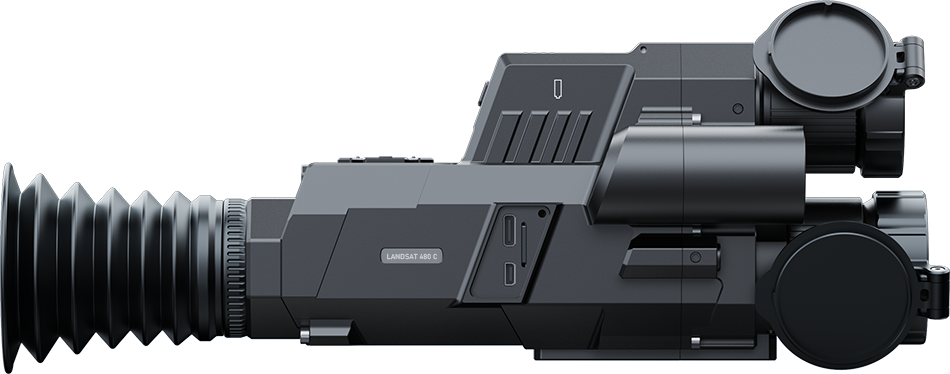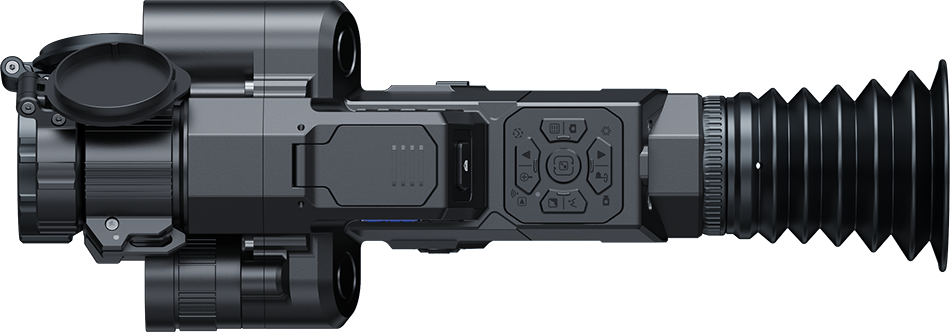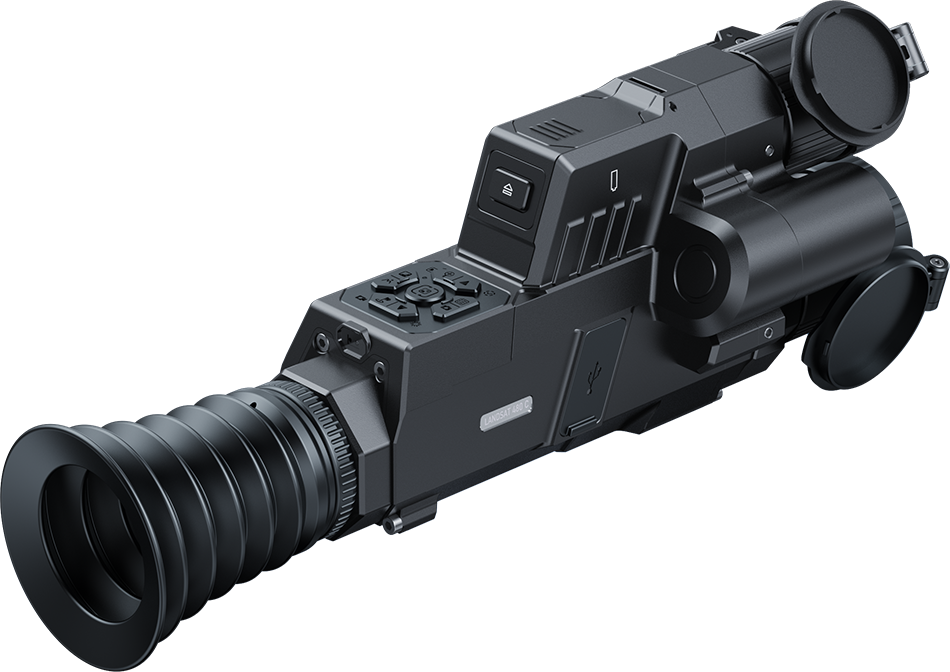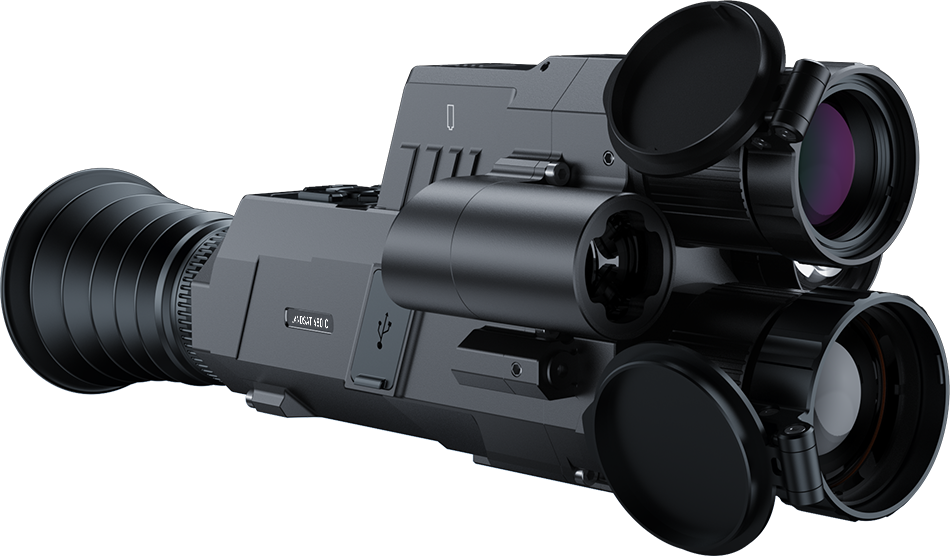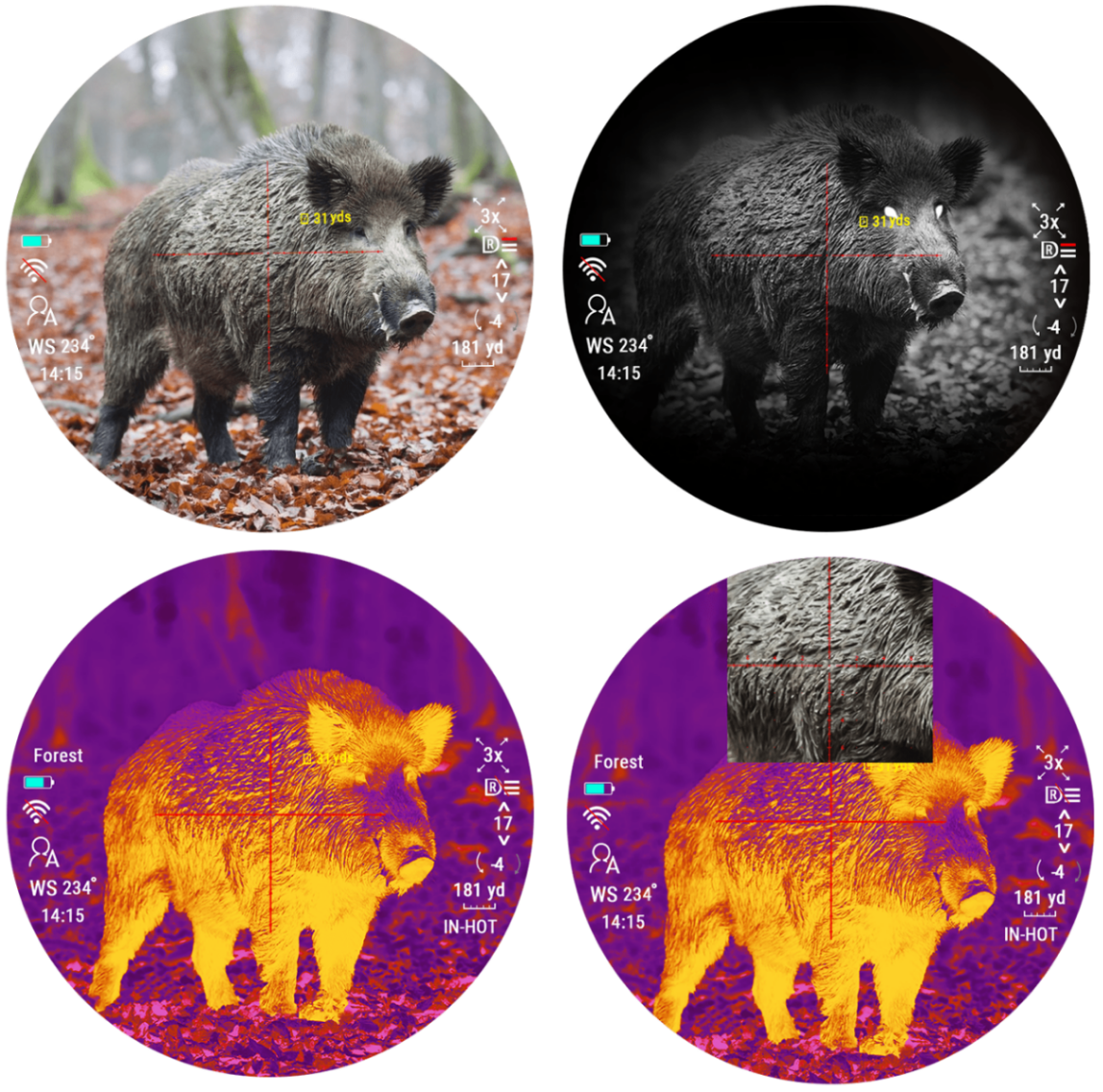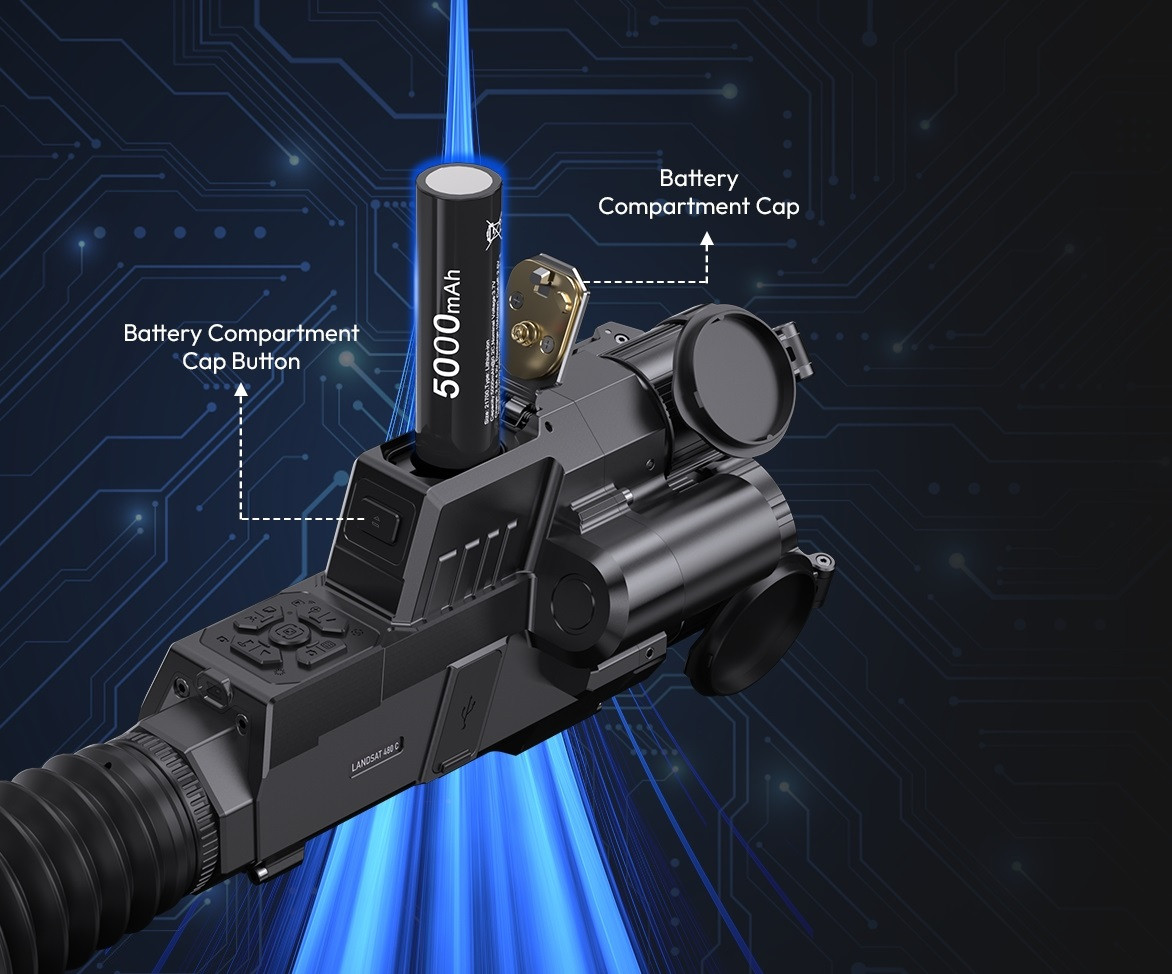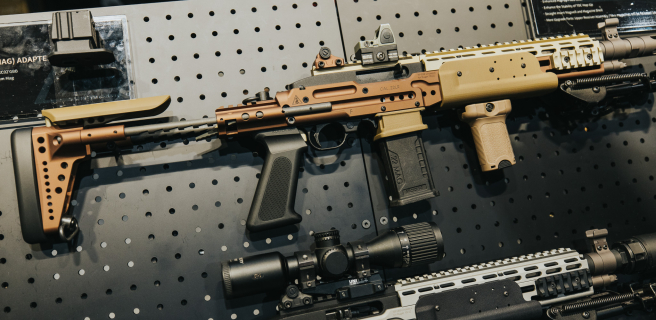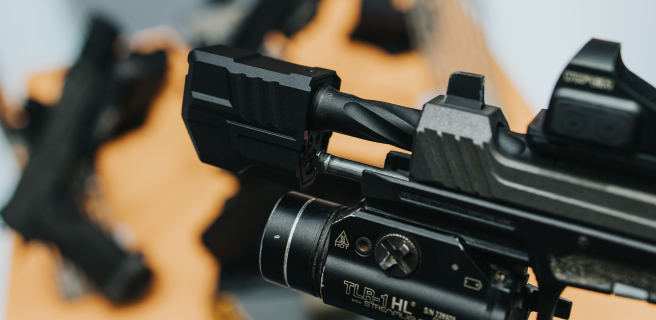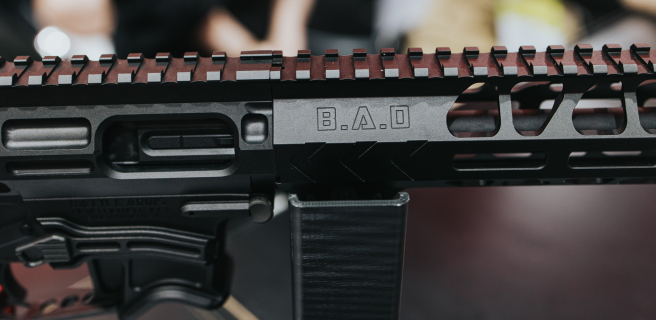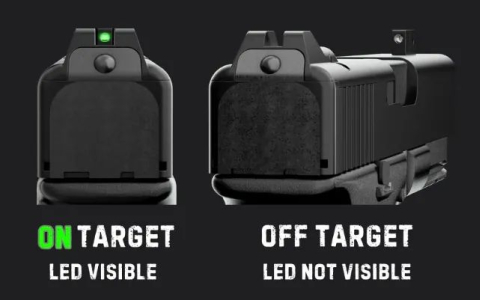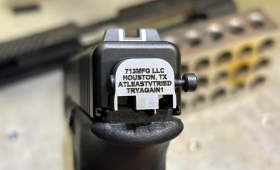Last year PARD joined the group of manufacturers offering multispectral sights, which we have already had the opportunity to write about. Now, with its latest series - the Landsat Compact - the company has the opportunity to gain even greater popularity in the multispectral devices segment.
The Landsat Compact is a sight which, in addition to the ability to display various image layers, is distinguished by the presence of numerous additional functions that will be appreciated by many users. The device is equipped with a laser rangefinder with a range of over 1000 meters along with a ballistic calculator. The sensor responsible for night vision imaging is supported by the presence of a VCSEL type infrared illuminator (850 nm and 940 nm variants) with a maximum power of up to 5W. The observation can be recorded using the built-in image and sound recorder. There is also a gyroscope, an electronic compass and many other features. The whole thing is powered by a replaceable, single, efficient and popular Li-Ion 21700 cell with a capacity of 5000 mAh, and a USB Type-C interface is also implemented.
In terms of functionality, the new model looks very attractive. However, can basic, main components such as sensors, optics or screen also be a reason for interest?
The Landsat Compact sight is available in several variants differing in the size of the optics used, the wavelength of the IR illuminator and the resolution of the thermal sensor. In the latter case, two models can be distinguished: the cheaper Landsat 480 C (480x360 px) and the more expensive Landsat 640 C (640x512 px). In both cases, the devices use sensors with a pixel size of 12 µm and a refresh rate of 50 Hz. At the manufacturer's website and at its official store, there is a discrepancy regarding the NETD sensitivity, which is sometimes specified at ≤20 mK and sometimes at ≤25 mK. Due to the different diameters of the lens (35 mm for 480 C and 45 mm for 640 C), the basic magnification and optical properties of both models remain similar, 2.1x and 2.0x, as does the field of view offered. The entire configuration gives a detection range of an object the size of a human of 1400 meters in the case of the cheaper variant and 1800 meters for the higher-end one.
The image in the visible and near infrared layer is created based on a CMOS sensor with a resolution of 2560x1440 px and sensitivity of 0.001 lux. During the day, it is capable of recording color image at 60 Hz, and at night monochrome image at 30 Hz. Depending on the selected version, the electronics can work with a 50 mm or 70 mm lens, which differ in the level of base magnification (3.0x and 4.3x), and therefore also the field of view.
Among such advanced functions, what is less impressive among the technical data is the screen used: a round IPS model with a resolution of only 800x800 pixels. The eye relief of up to 100 mm may have a positive impact on the comfort of aiming and shooting.
PARD Landsat Compact, despite all the solutions used, has dimensions of 265x90x92 mm and weighs about 700 grams. The sight, made of aluminum alloy, is resistant to recoil of up to 6000 J and is protected against the adverse effects of water and dust in the high IP67 standard. Depending on the version chosen, the prices of this advanced model range from 2,250 to 3,150 USD, making it one of the cheapest devices of this type on the market.
Source: PARD



